by Claudio Mortensen
In the catalogue of his retrospective exhibition, at Mori Art Museum in Tokyo (Sept 2005/Jan 2006), Sugimoto explains the origin of the project, that was done over almost two decades all over the world. Seascapes started with a question to himself: “Can somebody today view a scene just as primitive man might have?”. In this question we can find clues to his most recurrent subject matter, “Time”.
The whole Seascapes collection is composed by 220 pictures, all composed the same way: the horizon precisely dividing the squared frame in two half, one filled by sky, the other by the ocean. What varies, from one picture to the other, is the forms, texture and values, sky and ocean assumes, after a certain amount of time of exposition.
Getting back to Sugimoto’s question, and looking at the pictures with that question in mind, it is possible to see how the artist combined the idea of the passage of time and the view our ancestors should have, creating a picture where time is compressed inside of a single frame, static. The intense movement of the ocean, sometimes ferocious, and the complex dance of the clouds, all got smoothed and softened, leaving just textures in place, to inform us about the sum of all it’s passage.
Time is present into Sugimoto's work in layers. And so are the different meanings that comes to mind as we carefully look at this images. First that comes to my mind is the impermanence of all things. Introspection, the solitude of the soul, the very nature of existence.
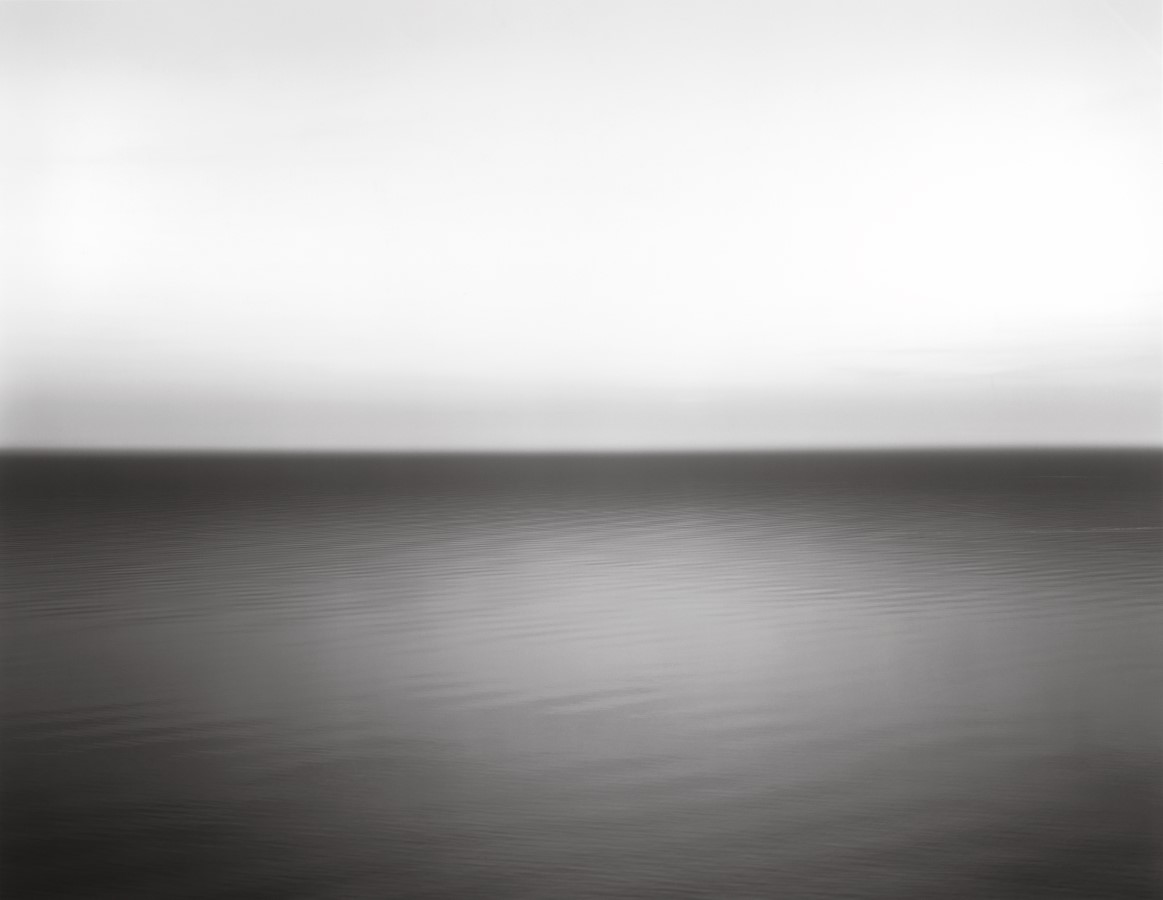

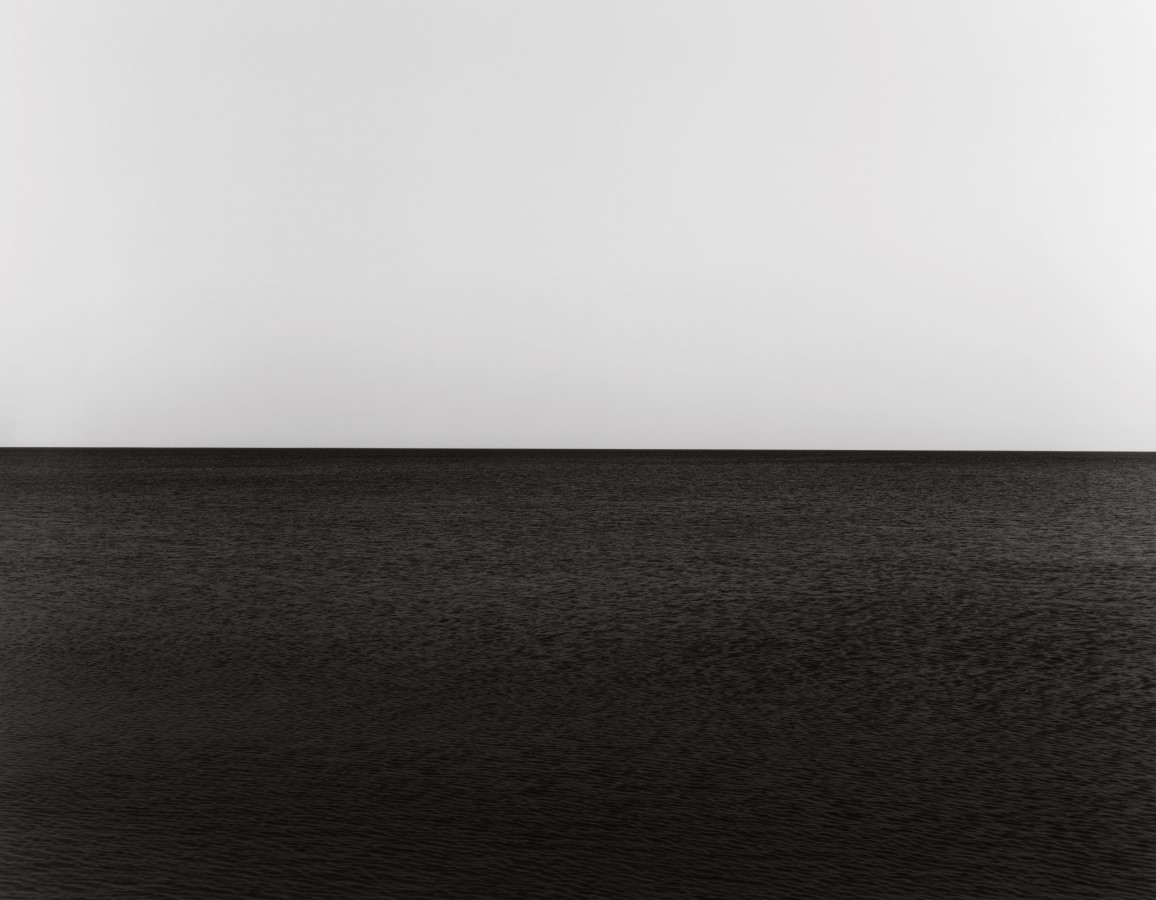
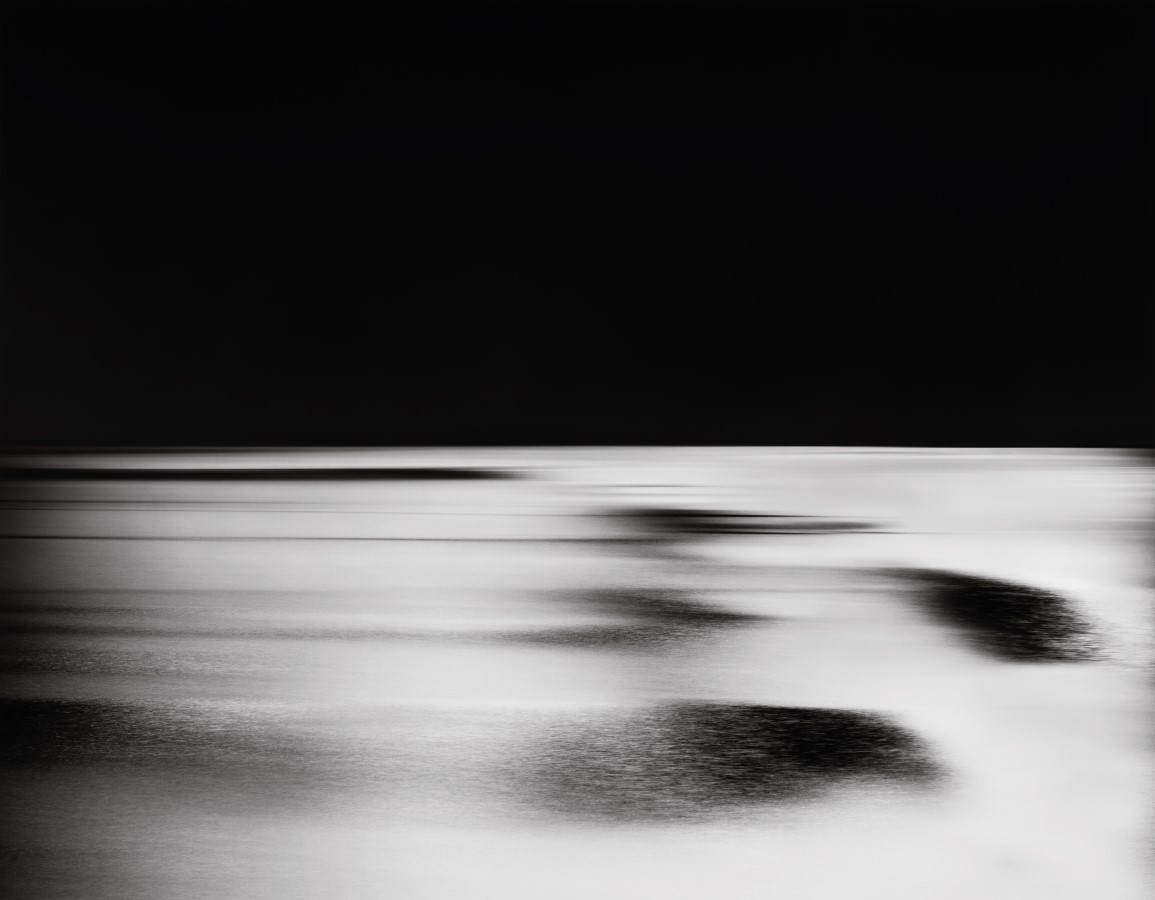
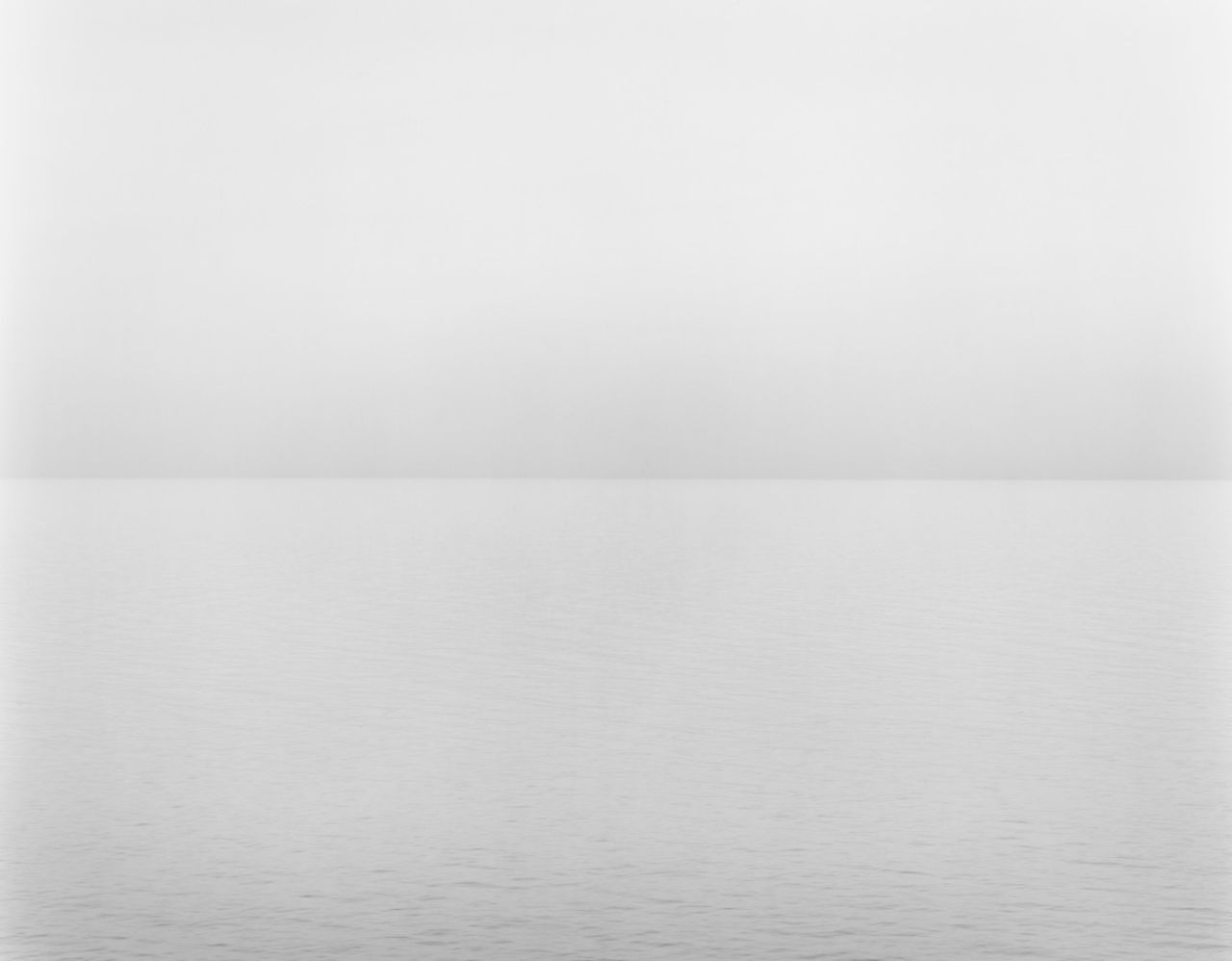
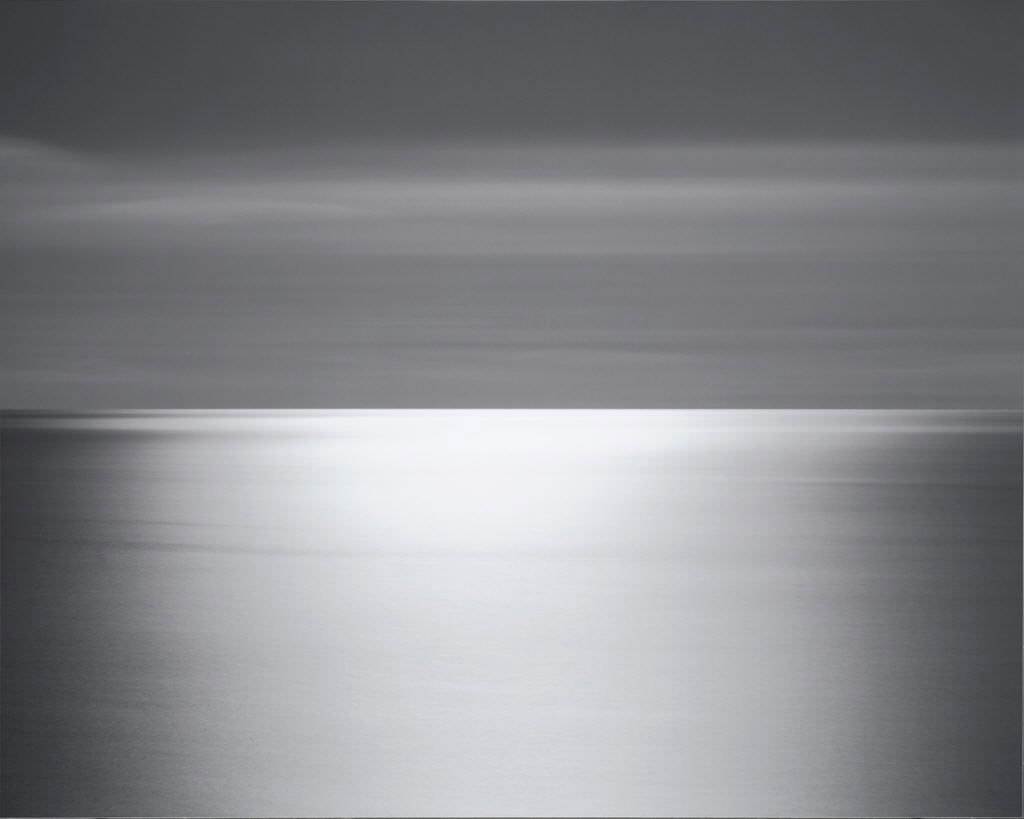
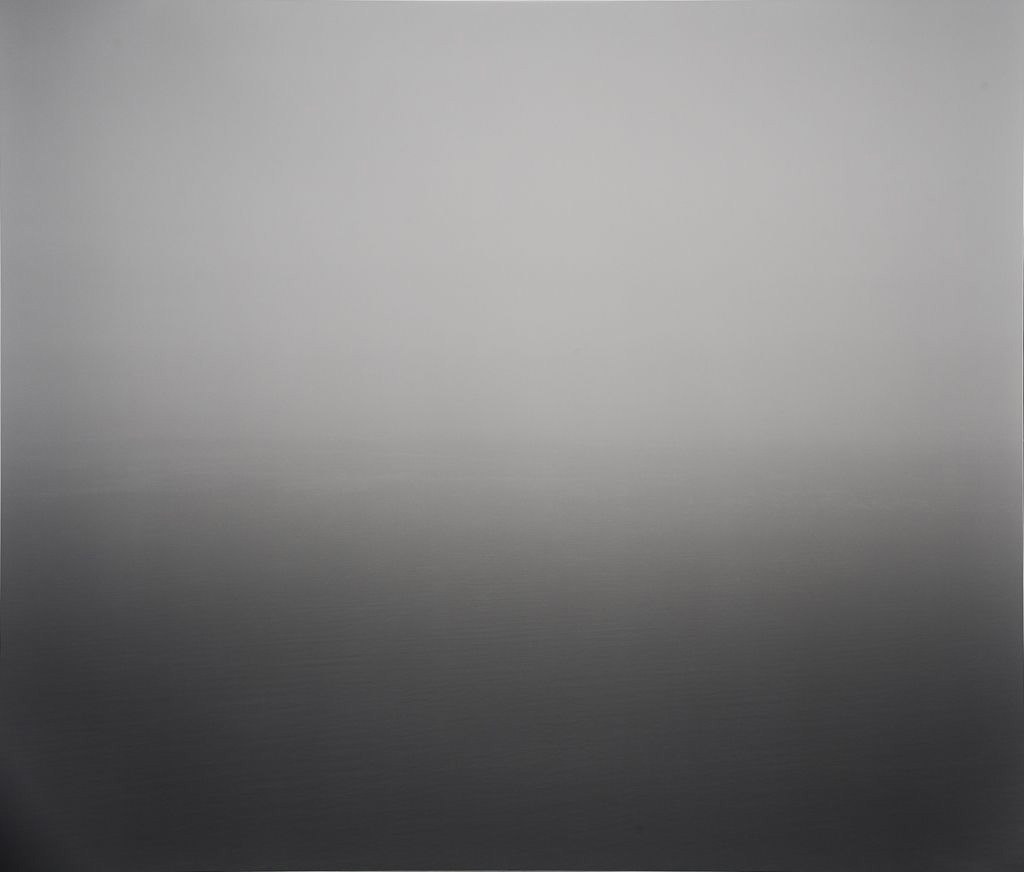
Image Titles:
1. Boden Sea, Uttwil, 1993
2. Tyrrhenian Sea, Priano, 1994
3. Baltic Sea, Rugen, 1996
4. Lake Superior, Eagle River, 2003
5. North Atlantic, Cape Breton, 1996
6. Lake Superior, Cascade River, 2003
7. Tyrrhenian Sea, Scilla, 1993
